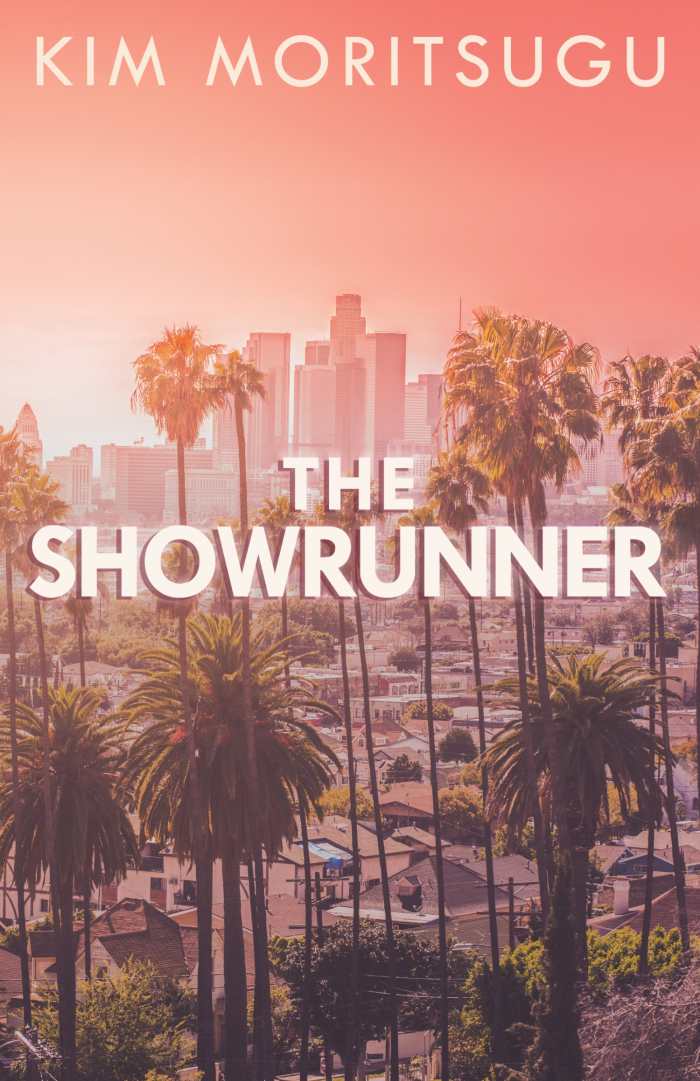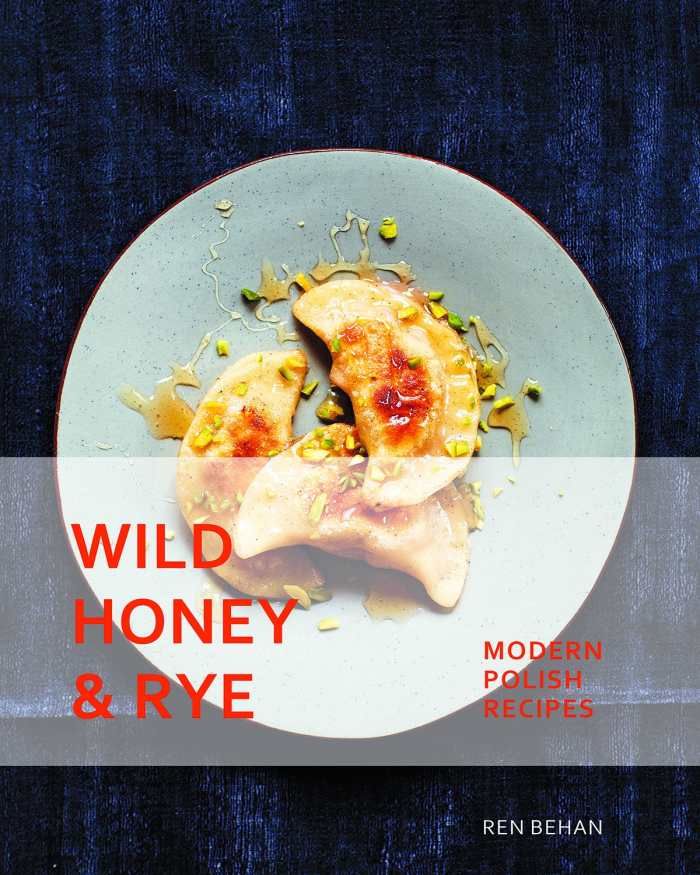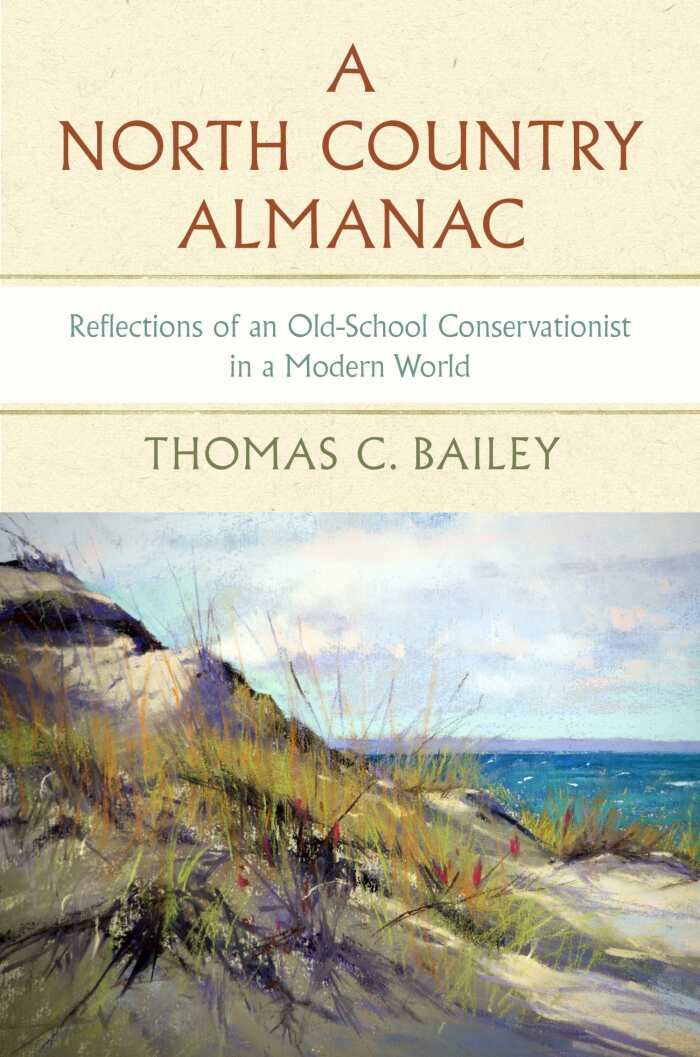Book of the Day Roundup June 25-June 29

Lady Death
The Memoirs of Stalin’s Sniper

Lyudmila Pavlichenko
Greenhill Books
Hardcover $32.95 (272pp)
978-1-78438-270-4
Buy: Local Bookstore (Bookshop)
This World War II memoir from Soviet Red Army sniper Lyudmila Pavlichenko is something of a time capsule, preserving the mindset of a Soviet citizen/soldier during the world’s most genocidal conflict.
Lady Death deals with the on-the-ground realities on the Eastern Front following the Axis’s launch of Operation Barbarossa in the summer of 1941. At that time, Pavlichenko was a fourth-year history student in Kiev with a strong dedication to her country. Through a shooting club at her factory, Pavlichenko was also one of the Soviet Union’s best-trained marksmen.
On the battlefields of Crimea, where Soviet snipers rained hell on German and Romanian troops at Odessa and Sevastopol, Pavlichenko shot her way to battlefield glory. Before long, this humble sergeant racked up hundreds of confirmed kills.
A sense of humility runs through Lady Death. In one scene, following Pavlichenko’s successful duel with an enemy sniper, she becomes annoyed by the falsehoods that are printed by Soviet journalists. Similarly, Pavlichenko is open about how uncomfortable she became with the Soviet media and the state’s use of her as a proselytizer for the war. These awkward feelings were strongest during Pavlichenko’s whirlwind tour of America.
Lady Death is a detail-rich account of one woman’s war experience. Pavlichenko notes that her comrades often scoffed at the idea of a female soldier—a point on which she was quick to set them straight. Technical information about Soviet rifles and the basic mechanics of sniping are also included, alongside constant reminders of Pavlichenko’s hatred of “Fascists” and her desire to kill as many as possible.
This red-blooded memoir is perfect for any war-history buff. Pavlichenko’s language is straitlaced and unadorned, and Lady Death provides more than a few interesting anecdotes about how the Red Army managed to defeat the at-times numerically and technologically superior Axis forces.
BENJAMIN WELTON (April 27, 2018)
The Showrunner

Kim Moritsugu
Dundurn
Softcover $17.99 (304pp)
978-1-4597-4097-6
Buy: Local Bookstore (Bookshop)
Kim Moritsugu’s entertaining crime drama The Showrunner unapologetically explores Hollywood’s superficial show-business lifestyle, showing just how deadly ambition can be.
Cocreators of the newest hit television drama, industry veteran Ann and eager and smart Stacey have a fruitful partnership. But then Ann hires a flailing young actress, Jenna, as her assistant. Each woman believes herself to be the fairest, cleverest, most worthy of them all. They fight—by any means necessary—for success, fame, and adoration.
The women’s shallowness is a compelling illustration of Hollywood, where youth, looks, and money are championed above all else. This is further addressed through carefully drawn minor characters, including a seductive bartender-slash-sugar-baby and a doomed young starlet caught up in the party lifestyle.
There is a sad humor in Jenna and Stacey’s skewering of Ann’s choices of foods. Skillfully written, unforgettable lines like her “oily lips formed a wicked smile,” complete with green onion in her teeth, highlight Ann’s disgusting habits as well as her subordinates’ toxic relationships with food.
The main source of tension—the disintegrated friendship between Ann and Stacey—is far from a picture of female empowerment. The focus on their ever-increasing animosity lacks depth. Still, their bitter bickering and false niceties are at once funny and bleak; the story unfolds through Ann’s acerbic first-person journal and in Stacey’s fraudulently cheerful charm.
In a timely story line, an older, respected character uses their position of power to harass a hunky up-and-coming actor. The scene is chilling, particularly considering that it occurs in public, on set, as other cast and crew try to laugh it off. Though much of the book is lighthearted and showy, there are glimmers of heavy and realistic commentary.
The Showrunner is a sophisticated, compelling, and surprisingly complex drama.
PAIGE VAN DE WINKLE (April 27, 2018)
Entropy

Aaron Costain
Secret Acres
Softcover $19.95 (144pp)
978-0-9962739-8-5
Buy: Local Bookstore (Bookshop)
Strange, surreal, and symbolic, Aaron Costain’s graphic novel, Entropy, probes some of the deepest questions about creation with a funny, absurd sensibility that makes it all go down smoothly.
The book opens with a mysterious character in a parka, sunglasses, and ski mask, who notes what could be Entropy’s theme: “My father always told me to ‘mind the four M’s’ … you mustn’t mix and match mythologies.” The character, later revealed to be a golem, is soon visited by an angel who makes another golem, and the two golems proceed on a bizarre journey to discover the truth about creation. It involves a talking cat, a talking penguin, a talking grasshopper, the grasshopper’s ghost (who also talks), and a raven seemingly intent on destruction.
As Entropy unfolds, an increasingly complex creation myth emerges. Though it involves elements of several existing cultures, the cross-pollinated mix is distinctively Costain’s own.
Costain’s black-and-white art is a wonder to behold, distinguished by precise, detailed lines. But he also has an exquisite feel for design, composition, and good old-fashioned cartooning, knowing when to keep it simple and when to provide weight by adding texture and depth.
There’s weight in the subject matter as well, with its exploration of basic existential questions. But while that subject might seem suited only to serious book-club discussion groups, Costain is able to strike a palatable balance through humor—as when a dog, held up as an example of the limited helpfulness of talking animals, recounts absently: “I barfed up some meat I ate yesterday. Then I ate that.”
The book’s ending offers food for thought, and is open to interpretation as the conclusion of the search described in its pages, or as the renewal of yet another cycle. Entropy is entertaining and bizarre, but also deeply contemplative. It’s a unique offering that compels multiple readings.
PETER DABBENE (May 27, 2018)
Wild Honey and Rye
Modern Polish Recipes

Ren Behan
Interlink Books
Hardcover $30.00 (208pp)
978-1-62371-998-2
Buy: Local Bookstore (Bookshop)
Ren Behan’s Wild Honey and Rye transforms the treasured foods of her Polish forbears into fresher, lighter recipes. While there are still hearty dishes in the mix, Behan’s emphasis is on adaptations of classic Polish fare to reflect modern eating habits and recipes inspired by Poland’s vibrant restaurant scene.
Clearly written and enhanced with many personal anecdotes, the book starts with an excellent introduction of common Polish ingredients and flavors. As befits the title, the leadoff recipe is for a honey and rye loaf, followed by sections covering many zippy kinds of salads, soups, noodle dishes, meats, fish, and street foods. Each recipe title is in English and Polish, and a folk-art floral motif anchors the pages.
Polish cuisine gives star status to the cabbage, the pierogi (there are seven sweet and savory variations of this crowd pleaser), root vegetables, and comforting soups for long, cold winters, but Behan has many unexpected recipes. There’s her twist on Steak Tartare, redolent with homemade lovage oil, millet kaszotto, and Venison with Roasted Pumpkin and Thyme Puree.
The Polish sweet tooth appears in many recipes via fruit and honey. In the chapter entitled “High Tea,” Behan describes the cakes and other treats that many Poles enjoy as their daily afternoon snack. Potent potables often feature later in the day, and home brewers will enjoy the fascinating chapter on fruit liqueurs and vodkas flavored with everything from quince to salted caramel.
Underscoring the lightened-up Polish fare, the layout is sleek, airy, and shot through with the author’s scintillating photographs of Warsaw markets and street scenes. Recipe photographer Yuki Sugiura gets a special nod for capturing artful images of stodgy foods that are tricky to shoot, like bowls of stew and plain loaf cakes.
Wild Honey and Rye is a colorful, informative tour of Polish food by an author who has deep roots in Poland and is proud to share her cultural inheritance.
RACHEL JAGARESKI (April 27, 2018)
A North Country Almanac
Reflections of an Old-School Conservationist in a Modern World

Thomas C. Bailey
Michigan State University Press
Hardcover $24.95 (126pp)
978-1-61186-286-7
Buy: Local Bookstore (Bookshop)
When people ask how he came to work in the field of conservation, Thomas C. Bailey has been known to respond that it was because, at the age of five, he saw a bald eagle. From then on, he was hooked. Growing up on the shores of Lake Superior with a father who was a wildlife biologist, Bailey has concern for the natural world in his blood.
While still in high school, he spoke before the US Senate Interior Committee in favor of declaring Michigan’s Isle Royale National Park a federal wilderness. He has since had a long career devoted to the care and preservation of the environment, most recently as the executive director of northern Michigan’s Little Traverse Conservancy, where he was known for his ability to bring together people of widely divergent political views to rally around issues they have in common.
“Some of our area’s most notorious environmentalists, as well as the most notorious developers, serve on our board of trustees,” he writes, calling the land conservancy movement a “ray of light” in a public policy landscape marked by contention and name-calling.
Bailey’s essays touch on topics as diverse as hunting; the effect of property taxes on land and land ownership; how taking a more sensitive, even shamanistic, approach to the land could counter current extractive and abusive practices; and how contact with nature is important to human health and well-being and is a shaper of our character and culture.
Bailey warns that the sacrifice of irreplaceable wild lands for short-term profit is both foolish and irresponsible; the private conservation movement, he writes, “has a key role to play in keeping nature close at hand to remind us all who we are and from whence we came.”
KRISTINE MORRIS (April 27, 2018)
Hannah Hohman
